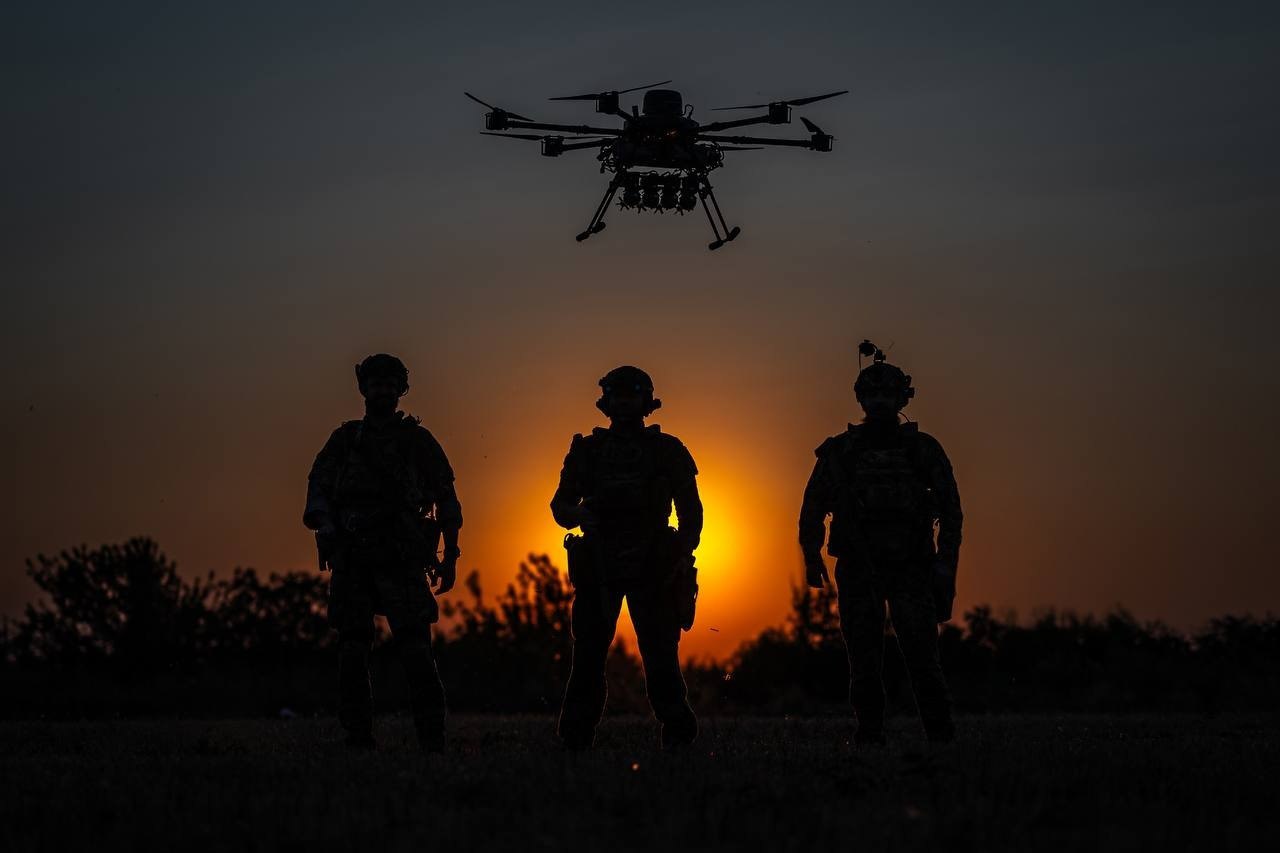Moscow ramps up production of millions of drones — not without help from China, which officially “knows nothing” about the cooperation, writes Politico.
Moscow has gained an advantage in the drone war in Ukraine due to its vast financial resources, production lines located far from the front lines, and especially assistance from Beijing.
Oleh Aleksandrov, a representative of Ukraine’s Foreign Intelligence Service, says Chinese manufacturers supply Russia with equipment, electronics, navigation, optical, and telemetry systems, engines, microchips, processor modules, antenna systems, and control boards.
“They use so-called shell companies, change names, do everything to avoid being subject to export control and avoid sanctions for their activities,” he explains.
Officially, China claims to comply with all regulations. But only officially, Aleksandrov adds.
According to him, Russia increased its production of long-range drones from 15,000 in 2024 to over 30,000 this year and aims to produce up to 2 million small tactical drones.
“They aim to produce about 30,000 long-range drones of those types plus 30,000 false target drones they use to exhaust Ukrainian air defenses in 2025,” he continues.
As for FPV drones, the Russians intend to manufacture as many as 2 million of them in 2025.
Russia is also increasing its use of fiber-optic drones, which are immune to electronic warfare. Ukrainian forces previously could detect ordinary Russian drones as soon as they took off, but this is much harder with fiber-optic ones.
“So we have to use different acoustic and other means to trace those drones,” said Andrii, the army commander.
Moreover, according to him, the Russians are ramping up not only drone production but also electronic warfare systems.
Radio frequencies change on his section of the front every two weeks. As a result, when Ukraine supplies drones, only about 20% of them are usable. Constant adjustments cost extra time and money.




